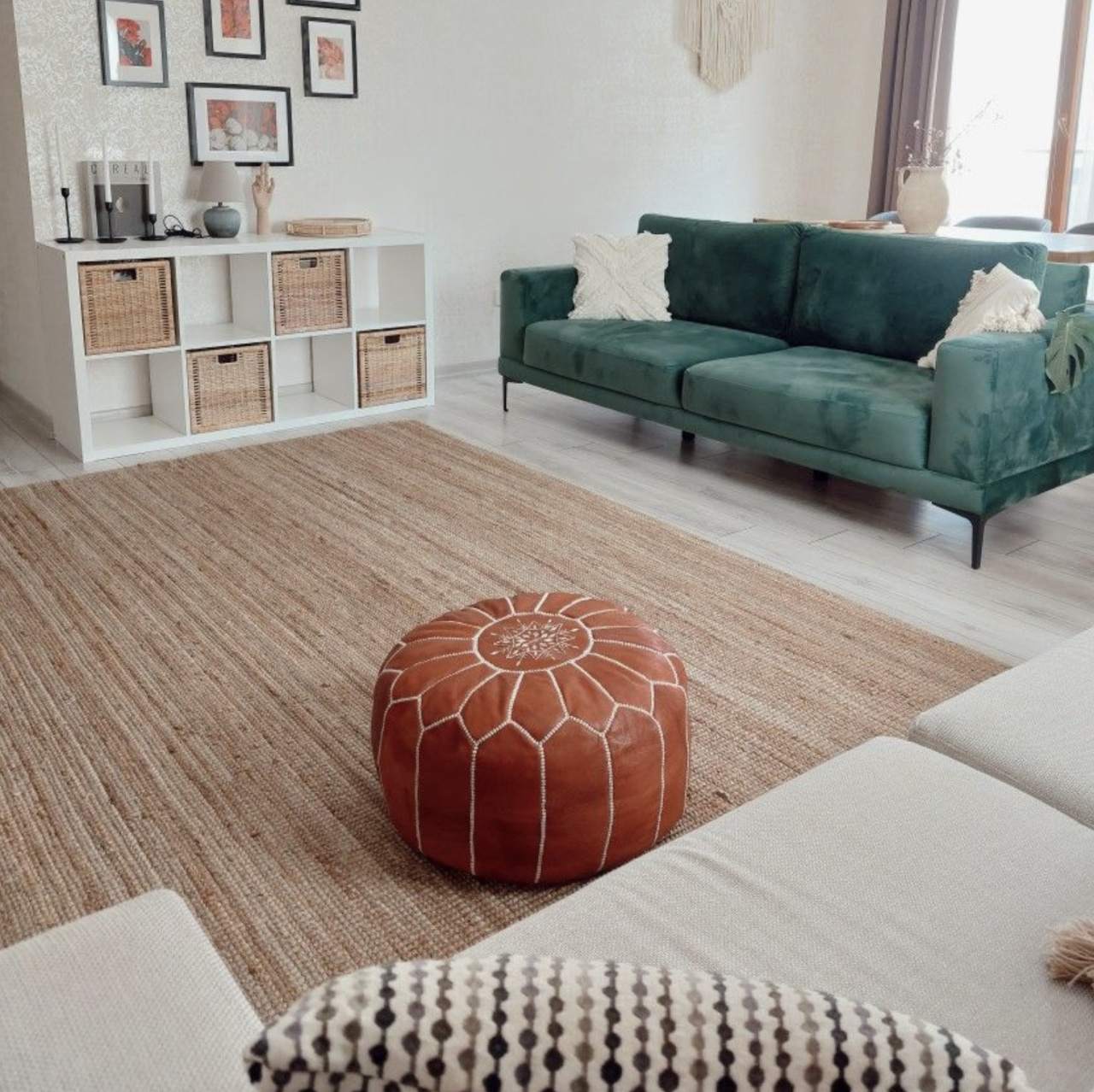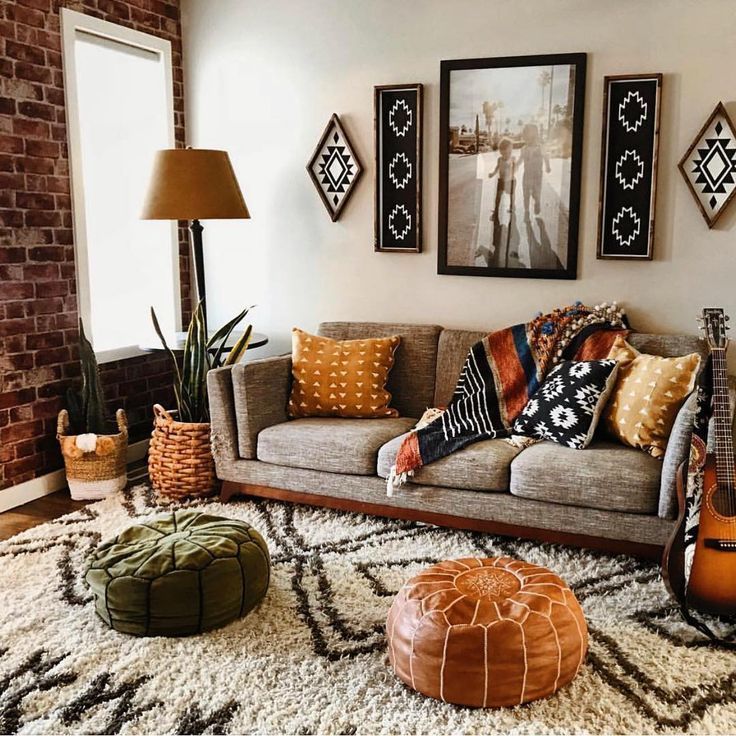Moroccan Pouffes: From Tradition to Modernity

The History of Moroccan Poufs: From Tradition to Modernity
Moroccan beanbags have a rich history dating back centuries. Poufs, also known as ottamans or stools, were first introduced to Morocco during the Ottoman Empire, which had a significant impact on Moroccan culture and design. However, Moroccan poufs have evolved over time and become a unique and distinctive element of Moroccan design that blends traditional and modern styles. In this blog post, we will examine the history of Moroccan beanbags, from their origin to their current popularity.

Origins of Moroccan Poufs
Introduced to Morocco by the Ottoman Empire in the 16th century, beanbags quickly became popular among Moroccan families. Poufs were typically made from leather, which is abundant in Morocco due to the country's large sheep and goat population. To give the poufs vibrant colors and intricate patterns, the leather was often dyed using natural plant-based dyes such as henna and saffron.
Traditional Moroccan Puffs
In traditional Moroccan design, poufs were used as low seating, alone or with floor cushions. They were often placed in common living spaces such as a lounge or living room, where they provided additional seating and a comfortable relaxation area. Moroccan poufs were also used as stools in traditional Moroccan homes, especially those with low seating arrangements.
The traditional design of Moroccan poufs consisted of intricate patterns and designs created using a technique called hand stitching, which often involved sewing pieces of leather together. The designs on the poufs were often symbolic and represented Moroccan cultural and religious values. For example, some poufs featured the hamsa hand symbol, which was believed to protect against the evil eye.
Modern Moroccan Poufs
In recent years there has been a resurgence in popularity of Moroccan beanbags, especially in Western countries. Poufs are now available in a variety of colours, patterns and sizes and are often used as accent pieces in modern homes. While traditional Moroccan poufs are typically round or square in shape, modern designs can have more unusual shapes and textures, such as poufs with tassels or pompoms.
Modern Moroccan beanbags often contain other materials besides leather, such as wool or cotton, and may be filled with synthetic materials rather than natural materials such as wool or straw. But the use of sustainable materials and natural dyes is still important for many modern Moroccan pouf designers and manufacturers.
Finally;
Moroccan beanbags have a long and fascinating history that reflects the country's cultural and design heritage. From their origins in the Ottoman Empire to their popularity in Western homes today, pouffes have evolved to become a versatile and beloved element of Moroccan design. Whether you prefer traditional or modern styles, you must have a Moroccan pouf that will add comfort, style, authentic and cultural richness to your home.

